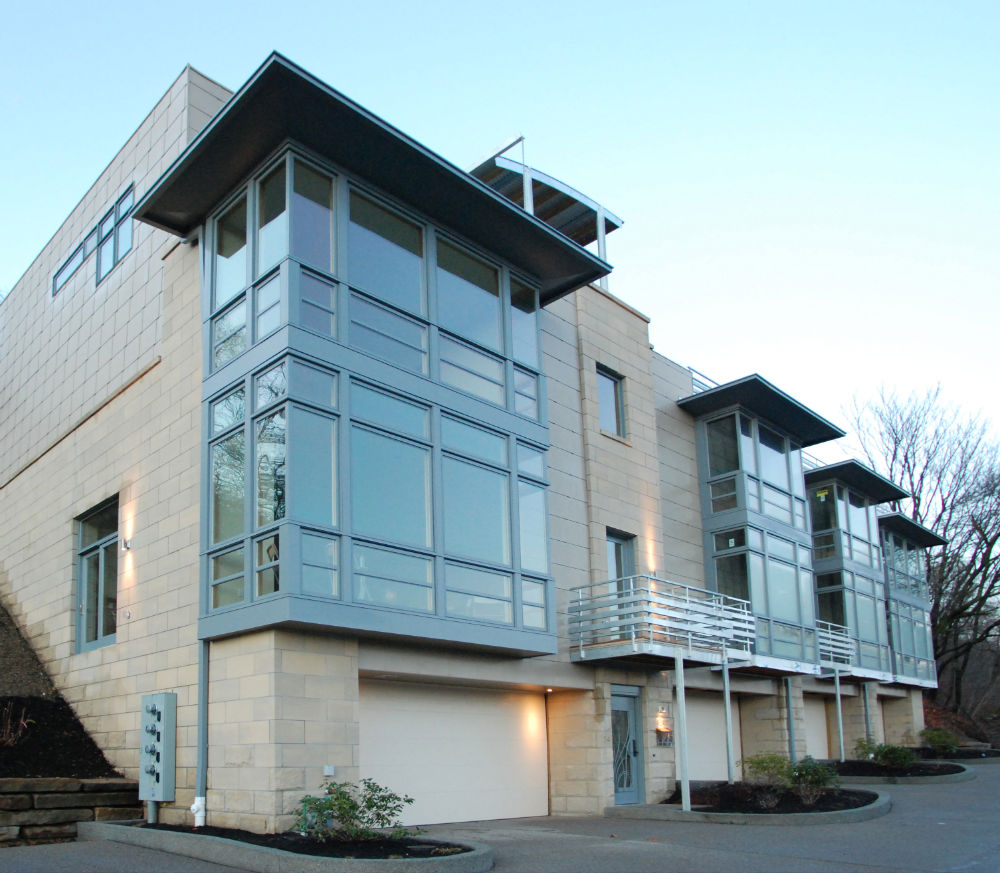Posted on April 03, 2018
If you are a building developer, you face a fundamental question when a multi-family project moves forward, "What type of construction do I invest in?" Hazard mitigation is one key consideration due to its impact on insurance and other costs.
Fortunately, it's possible to take a strategic, calculated approach to mitigating risk. MIT's Break Even Mitigation Percent (BEMP) Model guides decisions regarding hazard mitigation costs. In one example, a $340,000 hazard mitigation investment in a $10 million commercial structure is made up through reduced insurance premiums and other savings.

Study Highlights Insurance Benefits of Concrete
One study determines just how much your builder's risk and commercial property insurance premiums may be impacted by the type of construction selected. Researchers from Boston College compared insurance costs for concrete and wood-frame mid-rise, multi-family buildings.
The study, underwritten by the National Ready Mixed Concrete Association (NRMCA), looked at quotes for both builder's insurance and property insurance in these communities: Towson, MD; Edgewater, NJ; Dallas/Fort Worth, TX; Los Angeles, CA; and Orlando, FL.
The reference structure was a 4-story multi-family building with about eight two-bedroom and 15 one-bedroom apartments per floor. The replacement cost of the 100,000 square-foot structure was $14 million.
The study reports substantially lower insurance quotes when the reference building features concrete construction rather than wood-frame construction. For builder's risk insurance, the study reports a minimum savings of 22 percent, up to a maximum 72 percent. For commercial property insurance, the study reports a minimum savings of 14 percent, up to a maximum of 65 percent.
This infographic reveals the percentage differences for the four cities in the study. For example, in Edgewater, NJ, the annual property insurance premium for the concrete version of the reference building was $22,120, while the annual premium for the wood-frame version was $52,080, almost $30,000/yr more.
Common Risks for Multi-family Buildings
There are key reasons for these substantial differences in rates. In general, multi-family buildings are subject to serious loss due to fires, natural disasters, vandalism, theft, and even natural gas explosions. Owners can mitigate risk by selecting one type of construction over another. For example, wood-frame structures are more vulnerable to fires, while steel buildings typically offer the less wind protection that concrete structures do.
Although steel-frame and steel stud construction offer advantages when compared to wood-frame construction, there are reasons why concrete is ideal for hazard mitigation. For example, under extreme temperatures, steel can soften and bend, while concrete poses no such threat to structural integrity. Also, cast-in-place reinforced concrete can resist 200 mph winds while protecting against flying debris.
The differences in insurance quotes reveal variations in risk assessment. For example, concrete buildings typically qualify for lower fire coverage costs. In areas facing a higher risk of hurricanes or tornadoes, the gap in insurance rates for concrete and wood-frame structures is particularly significant.
Future Trends in Insurance Costs
It is reasonable to expect that heavy insurance losses in recent fire seasons will lead to future insurance rate increases for wood-frame structures, widening the gap even more. Going forward, it is possible that certain insurers will decline to insure wood-frame buildings or refuse to be the sole risk holder. Either scenario could adversely impact the bottom line if you are the owner of a wood-frame, multi-family building, and for years to come.
Also, those with wood-frame structures might be required to meet insurer requirements for more detailed fire prevention efforts, around-the-clock guards or other costly measures.
About Us
Pennsylvania Aggregates and Concrete Association (PACA) serves those building and connecting communities by providing educational, technical and promotional information. If you would like further assistance, please contact us.
